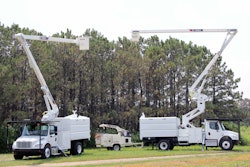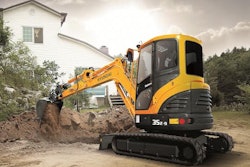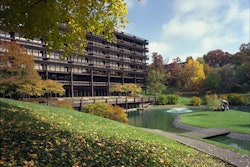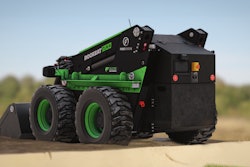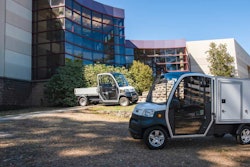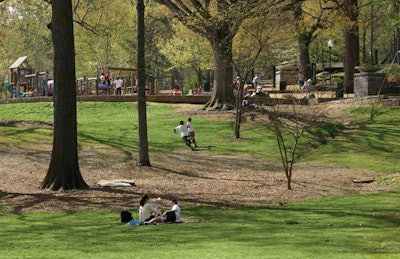 Photo: Trees Atlanta
Photo: Trees AtlantaForestry Suppliers recently spoke with Fernbank Museum of Natural History and Trees Atlanta to find the best tips for forest and tree maintenance.
The company spoke with Sehoy Thrower, a summer intern for the organizations and a undergraduate student at Georgia State University working toward a double major in biology and environmental science.
Through her hands-on experience through a 60-acre old-growth forest in Atlanta, Georgia, she can provide six tree maintenance tips for industry professionals.
1. Know your plants.
Excellent plant identification skills are critical to cleaning up areas with invasive species.
“If you don’t recognize it, don’t pull it,” Thrower says. “You have to be careful. If you remove something native, that could be the end of it in that forest. It’s hard for natives to come back and thrive.”
Taking the time to research unknown species is important. Whether you’re an amateur enthusiast or a professional, there are many books, websites and smartphone apps to assist you in plant identification.
2. Strategize your time and your tools.
Managing your time efficiently is key.
“Do what makes sense for each season,” Thrower advises. “Maintenance and mulching are great for summer, while planting is typically better for fall and spring.”
Figuring out the right tools is also important to maximizing your time in the field.
“The people who aren’t doing the handiwork may not know the best approach,” she says. “Don’t be afraid to take the initiative to get the right tools that will get the job done well.”
3. Know your audience.
Outdoor maintenance often takes a team approach. If your employees are more on the green side, “give them easy patches where there aren’t a lot of intermixed native plants, where it’s less sensitive,” she says. “It’s safer, and they have more opportunities to learn what plants they’re seeing.”
4. Match the work with your passion and develop lasting relationships.
Manual labor is physically demanding work, but the right mindset makes a big difference.
“I love being outside and learning about the plants, so I don’t think twice about it,” Thrower says. “Being able to see your impact is so rewarding.”
For anyone passionate about the environment, finding the right organization can make the experience even more rewarding and valuable long-term.
5. Economics matter.
“Understanding the economic component is so critical for the environmental science field,” Thrower says.
Being knowledgeable about the economic and political issues at work is useful when it comes to solving environmental problems locally and around the globe.
6. Protect yourself.
Plants, insects, snakes and the weather demand special consideration with clothing, footwear and repellents.
“Take the time to figure out what works best for you,” Thrower says.

